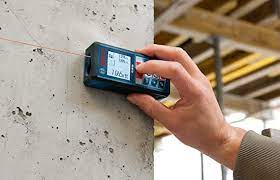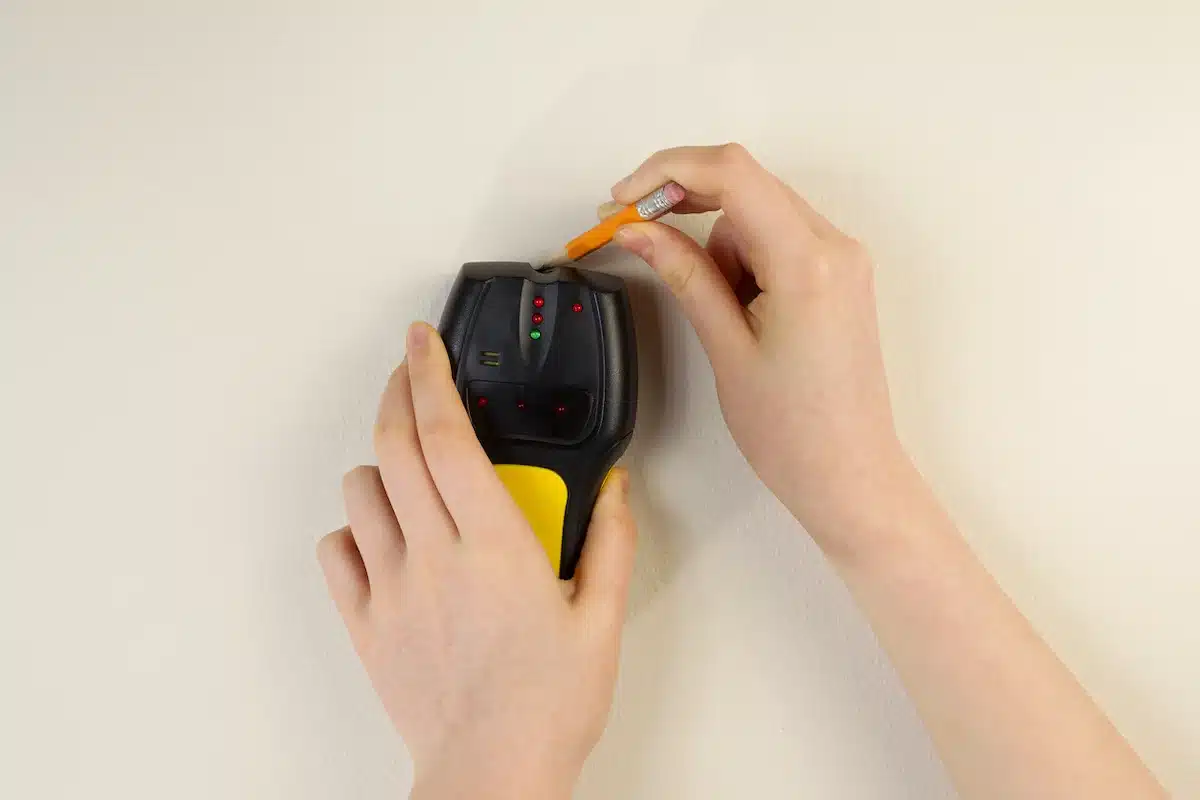With Modern banking, it can be difficult to choose between ATM Vs Check. These innovations have been put in place for a smooth banking experience, but which is better of the two?
In this post, we’ll go through everything you need to know about ATM Vs Check cards and how each works. We’ll also be focusing on the unique features and capabilities that set these financial innovations apart.
Table of contents
What Is An ATM Card?
An ATM (Automated Teller Machine) card is a plastic card issued by a financial institution, allowing users to access automated banking services. Primarily used for withdrawing cash from ATMs, it may also enable basic account inquiries and transfers. Unlike debit cards, ATM cards are often limited to ATM transactions and don’t typically facilitate point-of-sale purchases.
What Is A Check Card?
A check card, also known as a debit card, is a payment card linked to the cardholder’s bank account. It offers a versatile range of functionalities, including ATM withdrawals, point-of-sale transactions, and online payments. Unlike ATM cards, check cards enable users to make purchases directly from their checking account, providing a convenient and widely accepted means of payment in various retail settings.
Also read: 2023 African Development Bank Young Professionals Program For Africans
What Are The Uses Of An ATM Card?
An ATM (Automated Teller Machine) card serves as a versatile financial tool, offering users a range of convenient services. Here’s an extensive exploration of the uses of an ATM card:
1. Cash Withdrawals:
The primary function of an ATM card is to facilitate cash withdrawals. Cardholders can conveniently access their bank accounts and withdraw cash from ATMs at various locations, providing a quick and efficient way to obtain physical currency.
2. Balance Inquiries:
ATM cards allow users to check their account balances at ATMs. This feature provides real-time information about available funds, aiding individuals in managing their finances and avoiding overdrafts.
3. Fund Transfers:
Many ATM cards enable users to transfer funds between linked accounts. This functionality is particularly useful for moving money between checking and savings accounts or making payments toward credit card balances directly from an ATM.
4. Deposit Functions:
Some advanced ATM cards allow users to make deposits, including cash and checks, directly at ATMs. This feature eliminates the need to visit a physical bank branch for routine deposit transactions.
Also read: Nedbank Bursary South Africa
5. PIN Changes:
Users can change their ATM card’s Personal Identification Number (PIN) at ATMs. This provides an additional layer of security, allowing individuals to customize their PIN periodically for enhanced protection against unauthorized access.
6. Mini-Statements:
ATM cards offer the option to print mini-statements, providing a brief overview of recent transactions and the current balance. This quick snapshot of account activity aids users in keeping track of their financial transactions.
7. Utility Bill Payments:
In some regions, ATMs are equipped to facilitate utility bill payments. Users can conveniently settle bills for services such as electricity, water, or phone directly through the ATM, streamlining the payment process.
8. Purchasing Goods and Services:
While traditional ATM cards are primarily designed for cash withdrawals, some modern debit cards, often interchangeably referred to as check cards, offer the additional capability of making purchases at point-of-sale terminals. These transactions deduct the purchase amount directly from the linked checking account.
9. International Transactions:
Many ATM cards are accepted globally, allowing users to access ATMs and conduct transactions in various countries. This international compatibility enhances the card’s utility for travelers and individuals engaged in cross-border transactions.
10. Emergency Cash:
In situations where access to a bank branch is limited, an ATM card becomes invaluable for obtaining emergency cash. Whether it’s during weekends, holidays, or non-business hours, ATMs provide continuous access to financial resources.
Also read: How Long Does Paypal Take To Take Money From My Bank Account?
What Are The Uses Of A Check Card?
A check card, commonly known as a debit card, offers a diverse array of uses, combining the functionalities of traditional ATM cards with the added convenience of making purchases. You can use a check card for:
1. Point-of-Sale Transactions:
One of the primary uses of a check card is its capability to make purchases at point-of-sale terminals. Users can conveniently pay for goods and services by swiping or inserting their card and entering a Personal Identification Number (PIN) or signing for the transaction.
2. Online and Mobile Payments:
Check cards are widely accepted for online and mobile payments. Users can link their card to digital wallets or use card details to make secure transactions on e-commerce platforms, facilitating a seamless and cashless shopping experience.
3. Cash Withdrawals at ATMs:
Similar to ATM cards, check cards allow users to withdraw cash from ATMs. This flexibility is essential for obtaining physical currency when needed, providing access to funds outside of regular banking hours.
4. Balance Inquiries:
Check cards enable users to check their account balances not only at ATMs but also through online banking platforms or mobile apps. This feature is crucial for monitoring finances and ensuring sufficient funds are available.
5. Fund Transfers:
Users can transfer funds between linked accounts using their check cards. This functionality is valuable for managing finances, moving money between checking and savings accounts, or making payments to credit cards.
6. Contactless Payments:
Many check cards come equipped with contactless payment technology, allowing users to make transactions by simply tapping their card on compatible card readers. This enhances speed and convenience, especially for small-value purchases.
7. International Transactions:
Check cards are often accepted globally, making them suitable for international travel. Users can use their cards to withdraw cash in foreign currencies or make purchases abroad, providing a secure and widely accepted payment method.
8. Subscription and Recurring Payments:
Users can set up their check cards for subscription and recurring payments, such as gym memberships, utility bills, or streaming services. This streamlines regular payments and ensures services are not interrupted.
9. Security and Fraud Protection:
Check cards often come with security features such as fraud monitoring and zero-liability protection. This enhances the security of transactions and provides users with peace of mind in case of unauthorized use.
10. Cashback Rewards:
Some check cards offer cashback rewards for certain transactions. Users can earn a percentage of their purchase amount back as a reward, providing an additional incentive for using the card for everyday expenses.
Also read: World Bank Group/Wharton School Ideas For Action Competition 2022
ATM VS Check Card?
The primary differences between an ATM (Automated Teller Machine) card and a check card (debit card) lie in their functionalities and usage.
1. Functionality:
- ATM Card: Primarily designed for cash withdrawals and basic account inquiries at ATMs. Limited to these functions and typically does not support point-of-sale transactions.
- Check Card (Debit Card): Offers a broader range of functionalities. In addition to ATM transactions, it allows users to make purchases at point-of-sale terminals, conduct online transactions, and perform various banking activities beyond cash withdrawals.
2. Point-of-Sale Transactions:
- ATM Card: Generally does not support purchases at retail locations or online; its primary focus is on cash-related transactions.
- Check Card (Debit Card): Specifically designed to facilitate point-of-sale transactions, allowing users to make purchases by swiping, inserting, or tapping the card and entering a PIN or providing a signature.
3. Linked Accounts:
- ATM Card: Typically linked to a single bank account, and its usage is often restricted to that account.
- Check Card (Debit Card): Connected to a checking account but may also be linked to a savings account. Offers flexibility in managing funds between these linked accounts.
4. Usage for Payments:
- ATM Card: Primarily used for accessing cash and conducting basic banking transactions, with limited or no support for direct payments.
- Check Card (Debit Card): Widely used for making payments, both in-person and online. Enables users to pay for goods and services directly from their linked checking account.
5. Point-of-Sale Features:
- ATM Card: Lacks features like contactless payments and may not support certain modern point-of-sale technologies.
- Check Card (Debit Card): Often equipped with contactless payment options, enhancing convenience at checkout and supporting evolving payment technologies.
6. International Transactions:
- ATM Card: Generally accepted at ATMs globally for cash withdrawals. Its international usage may be limited.
- Check Card (Debit Card): Accepted internationally for both ATM withdrawals and point-of-sale transactions, offering a broader scope for travelers.
7. Deposit Functions:
- ATM Card: Usually does not support deposits at ATMs.
- Check Card (Debit Card): Some debit cards allow users to make deposits, including cash and checks, at ATMs, providing additional banking flexibility.
How Do ATMs Work?
ATMs (Automated Teller Machines) operate through a series of secure and automated processes to provide users with convenient access to banking services. ATMs work by:
Card Authentication:
- Users insert their ATM card into the card reader or dip it into the card slot.
- The ATM reads the magnetic stripe or chip on the card and authenticates the user’s identity by verifying the entered Personal Identification Number (PIN).
Connection to the Banking Network:
- The ATM establishes a secure connection to the banking network, usually through a dedicated communication line or the Internet.
- This connection ensures that the ATM can access the user’s account information and perform transactions in real-time.
User Input:
- The ATM prompts the user to select the type of transaction, such as cash withdrawal, balance inquiry, fund transfer, or other available options.
- Users input the required information using the keypad or touchscreen interface.
Transaction Processing:
- Based on the user’s input, the ATM communicates with the banking network to process the requested transaction.
- For cash withdrawals, the system checks the account balance, authorizes the withdrawal amount, and updates the account balance in real-time.
Cash Dispensing Mechanism:
- If the transaction involves a cash withdrawal, the ATM uses a secure cash dispensing mechanism.
- The machine counts and dispenses the requested amount of cash, typically in a mix of denominations.
Receipt Generation:
- After completing the transaction, the ATM prints a receipt summarizing the details of the transaction, including the withdrawal amount, remaining balance, and other relevant information.
- Users can choose to receive or decline the printed receipt.
Additional Functions:
- Some ATMs offer additional functions, such as depositing cash or checks, transferring funds between accounts, and purchasing prepaid services.
- These features expand the range of services users can access conveniently at the ATM.
Card Retrieval:
- Once the transaction is completed, the ATM returns the user’s card.
Session Completion:
- The ATM concludes the user session, and the machine is ready for the next user.
Throughout this process, security measures, such as encryption and authentication protocols, are implemented to safeguard user information and financial transactions. ATMs play a crucial role in providing 24/7 access to banking services and have become integral to modern banking infrastructure.
How Do Check Cards Work?
Check cards, also known as debit cards, work by facilitating electronic transactions directly linked to the cardholder’s bank account. Here’s a step-by-step overview of how check cards work:
Issuance and Activation:
- The bank issues a check card to an account holder upon opening a checking account. The card is typically associated with a specific bank or financial institution.
- The cardholder receives and activates the card by following the provided instructions, often involving a phone call or online activation.
Linking to a Bank Account:
- The check card is linked to the cardholder’s checking account. When the card is used, the funds are directly debited from this account.
Card Authentication:
- To make a transaction, the cardholder presents the check card at a point-of-sale terminal, inserts it into a card reader, or provides card details for online or over-the-phone transactions.
- Authentication methods include entering a Personal Identification Number (PIN), signing a receipt, or utilizing contactless payment technology.
- The merchant’s system or payment network communicates with the cardholder’s bank to authorize the transaction.
- The bank checks if the account has sufficient funds for the purchase or if the card has been reported as lost or stolen.
Transaction Processing:
- Once authorized, the transaction is processed, and the purchase amount is deducted from the cardholder’s checking account.
- This process is typically completed in real-time, ensuring that both the merchant and cardholder receive prompt confirmation.
Online and Mobile Transactions:
- For online or mobile payments, the cardholder enters the card details (card number, expiration date, and security code) during the checkout process.
- Some check cards support additional security measures, such as two-factor authentication, to enhance online transaction security.
Cash Withdrawals at ATMs:
- Check cards can be used at ATMs for cash withdrawals. Users insert their card, enter the PIN, and select the desired withdrawal amount.
- The ATM contacts the cardholder’s bank to verify the transaction and dispenses the requested cash.
Account Management:
- Cardholders can monitor their account activity, check balances, and review transactions through various channels, including online banking, mobile apps, and bank statements.
Security Measures:
- Check cards often come with security features, such as fraud monitoring and zero-liability protection, to safeguard against unauthorized transactions.
International Usage:
- Many check cards are accepted globally, allowing users to make purchases and withdraw cash in foreign currencies when traveling.
Frequently Asked Questions
An ATM card is primarily designed for cash withdrawals and basic account inquiries at ATMs, whereas a check card, also known as a debit card, offers a broader range of functionalities, including point-of-sale transactions and online purchases.
ATM cards are not designed for point-of-sale transactions. They are primarily used for cash withdrawals and basic ATM functions. For retail purchases, a check card (debit card) is more suitable.
ATM cards allow users to withdraw cash, check account balances, change PINs, print mini-statements, transfer funds between accounts, and, in some cases, make utility bill payments. However, they are typically limited compared to check cards.
Yes, check cards are often referred to as debit cards. Both terminologies are used interchangeably to describe a payment card linked to a checking account that allows users to make purchases and withdraw cash.
Yes, check cards are generally accepted globally. Users can use them for international purchases and cash withdrawals, making them a convenient option for travelers.
Traditional ATM cards usually do not support deposits. However, some advanced ATMs and check cards allow users to make deposits, providing additional flexibility in banking transactions.
Conclusions
The comparison between ATM cards and check cards unveils a dynamic landscape of financial tools, each tailored to meet distinct needs. While ATM cards excel in providing quick access to cash and essential banking functions, check cards, with their broader capabilities, redefine the way we transact in today’s digital age.
References
- Thebalancemoney.com – Mobile Check Deposits vs. ATM Deposits
- Money.howstuffworks.com – How ATMs Work
- Ironbank.com – Benefits of a Debit Card vs. Cash or Check





